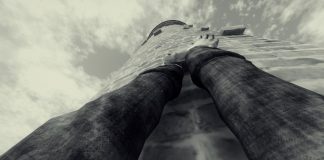For fans of The Legend of Zelda: Breath of the Wild, imagining the game in glorious 4K resolution at 60fps has always felt like a pipe dream. But recent developments and ambitious projects from the gaming community offer a tantalizing glimpse into what the game might look like on the much-anticipated Nintendo Switch 2. Could this beloved masterpiece shine even brighter? Let’s explore the possibilities.
A Timeless Classic with Room for More Power
Few games have left as indelible a mark on the gaming world as Breath of the Wild. With over 32 million copies sold, its open-world design, breathtaking art direction, and inventive gameplay systems have set a gold standard for the industry. Yet, while its gameplay mechanics feel almost timeless, the Nintendo Switch hardware has struggled to fully support its technical ambitions. Even its sequel, Tears of the Kingdom, pushes the current console to its limits, with noticeable dips in performance at times.
This raises an intriguing question: how much better could it get with upgraded hardware?
The Nintendo Switch 2: A Peek into the Future
Nintendo’s next console, tentatively referred to as the Switch 2, is widely rumored to support 4K resolution, likely leveraging Nvidia’s DLSS (Deep Learning Super Sampling) technology. The company has confirmed that the new system will maintain backward compatibility, meaning fans will still enjoy classics like Breath of the Wild and Tears of the Kingdom without losing progress.
But will these games receive technical upgrades automatically, or will remastered editions be introduced? Nintendo has yet to address this officially. However, whispers of a potential Breath of the Wild Remastered in 4K at 60fps have sparked excitement—and skepticism—among fans.
What Could Breath of the Wild Look Like on Switch 2?
If rumors of a remaster aren’t enough to satisfy your curiosity, the YouTube channel Digital Dreams has provided a jaw-dropping preview. Known for pushing PC games to their limits, they’ve showcased an 8K, 60fps edition of Breath of the Wild featuring enhanced settings and ray tracing. The results? A visual feast that elevates the game’s already stunning art style to new heights.
However, it’s worth noting that achieving this level of fidelity requires some serious hardware. Digital Dreams utilized a powerhouse setup including an Nvidia RTX 4090 GPU, a Ryzen 9 7950x processor, and 32GB of 6000MHz RAM. While the Switch 2’s specifications will undoubtedly be impressive, they won’t rival a top-tier gaming PC. Still, these mods offer a glimpse of what might be achievable within the constraints of Nintendo’s next-gen console.
Why Fans Are Excited ?
A 4K-capable Breath of the Wild would be more than just a visual upgrade; it would breathe new life into one of the most celebrated games of all time. Improved resolution and frame rates could enhance exploration and combat, making the experience smoother and more immersive. With the Switch 2’s backward compatibility, even those revisiting the original game could benefit from these enhancements.
While Digital Dreams’ creation is undoubtedly a showcase of what’s possible on high-end hardware, it’s also a reminder of the limitless potential of Breath of the Wild’s artistry. Whether Nintendo delivers a remastered version or the original game receives subtle improvements on the new console, the possibilities are enough to keep fans eagerly awaiting what comes next.
Looking Ahead
As speculation continues to swirl about the Nintendo Switch 2 and its capabilities, one thing is clear: fans are ready for a fresh take on their favorite titles. Whether it’s through remasters or next-gen enhancements, the prospect of exploring Hyrule in stunning 4K is thrilling.
While we wait for Nintendo to reveal more about their future plans, the community’s efforts remind us of the boundless potential of gaming—and just how far technology has come since Breath of the Wild’s original release. Until then, one thing is certain: the love for this groundbreaking game continues to shine as brightly as ever.
Similar Posts












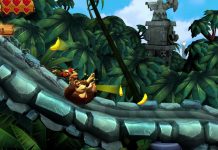

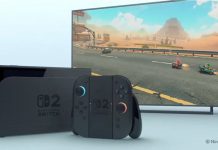
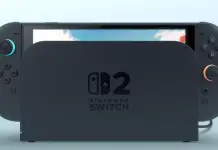

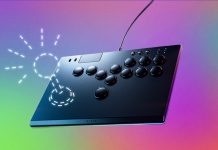



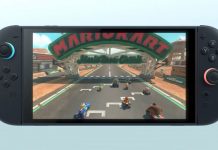
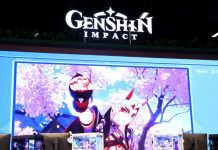



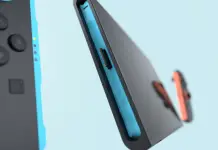


-218x150.png)






